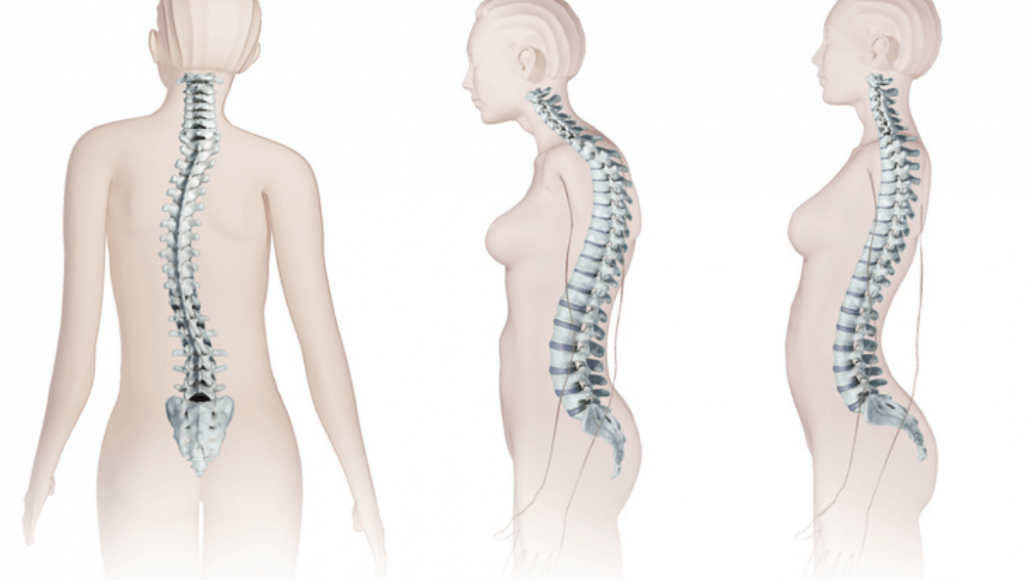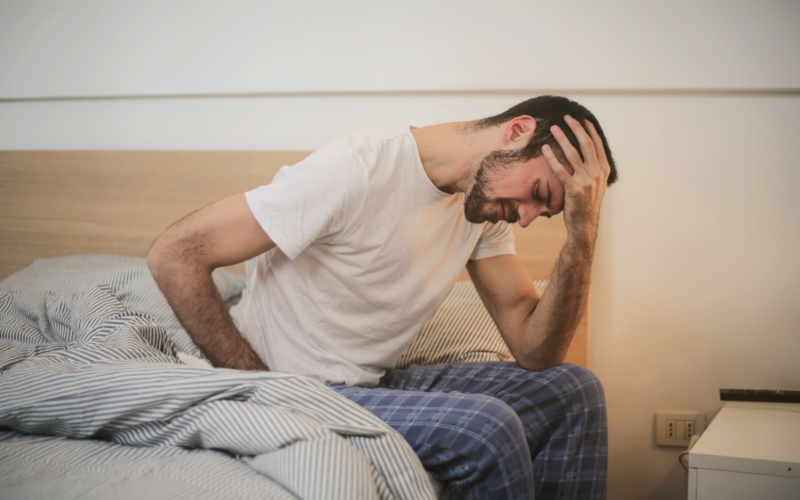Scoliosis refers to abnormal curvature of the spinal cord.
The curvature needs to be more than 10 degrees to qualify as scoliosis. Although it doesn’t lead to pain, the condition affects the daily life of infants, teens and adults worldwide and is a precursor to many other problems.
The age of onset of the condition is 10-15 years, and it occurs among all genders.
However, statistics show that females are more prone to the condition. Studies show that each year scoliosis patients make numerous visits to clinics, and thousands of kids are put into braces for the condition.
The condition also runs in families, though the onset of the condition is rare in adults.
Risk Factors in Scoliosis
This condition is first noticed during the teen years, especially during the growth spurt. This makes growth the biggest risk factor for making an existing curve worse. Other than the growth spurt, scoliosis is also more common in the following scenarios:
- Sex: the curve in women is more likely to become worse in girls as compared to boys.
- The earlier the condition occurs, the higher the possibility of the curve worsening.
- Curves in the lower back are less likely to progress compared to curves in the upper part of the back.
- Children that are born with scoliosis showcase a faster progression of the curve.
Types of Scoliosis
We have several types of the condition, with each named according to the cause, age and the spinal curvature.
Structural vs Functional Scoliosis
Structural scoliosis comes by because of certain infections, neuromuscular conditions, injury, birth defects, metabolic diseases, connective tissue disorders and rheumatic diseases among others. On the other hand, functional scoliosis comes due to muscle spasms, underlying conditions as well as inflammatory conditions.
Idiopathic Scoliosis: Infantile, Juvenile and Adolescent
Another type is idiopathic scoliosis, which is subdivided into infantile, juvenile and adolescent.
These types are categorized according to the age of onset. Infantile scoliosis occurs anytime from birth to age three, while juvenile scoliosis occurs between the ages of three and nine while adolescent scoliosis occurs between the ages of 10 years and 18 years.
Neuromuscular vs Congenital vs Degenerative Scoliosis
Other types include neuromuscular, congenital and degenerative.
Neuromuscular scoliosis occurs due to muscular weakness or a disease such as spina bifida, celebral palsy and other paralytic conditions. Congenital scoliosis comes by due to abnormally shaped bone that comes at birth.
Finally, degenerative scoliosis occurs as a result of a progressively weak spine. The condition can also be categorized according to the spinal curvature. We can have lumbar curve scoliosis, thoracic scoliosis and thoracolumbar scoliosis depending on the location of the curvature.
Common Symptoms
Scoliosis can impact the quality of your life leading to back pain, limited activity or even reduced respiratory function.
The good thing is that there are a few red flags that tell you the condition is becoming critical.
- Your shoulders are at different heights, with one shoulder blade being more prominent than the other.
- The rib cages are at different heights.
- You notice a prominent hip that is raised higher than the other.
- Your waist is uneven.
- Your entire body leans to one side.
Diagnosis
Scoliosis is often revealed by a routine check.
The view from behind usually shows one or more abnormal curves. Once it is suspected, the physician can confirm the condition using a CT scan, MRI or X-ray.
The curve then gets measured and then determined in terms of degrees. A curve of between 25 and 30 degrees is considered significant, while anything over 45 degrees is severe and needs urgent treatment.
Treatment
The main aim of treatment is to make sure you function properly.
Children might need braces, but if you are older, then you need physical therapy to improve circulation to the affected area, relax the muscles on one side and optimize the nerve performance.
References & Further Reading
1. Idiopathic Scoliosis in Children and Adolescents
2. Scoliosis is where the spine twists and curves to the side.
3. MedicineNet: Scoliosis
Anne Keiley
Latest posts by Anne Keiley (see all)
- 10 Best Massage Chairs for Back Pain (2024 Reviews) - April 19, 2024
- 8 Best Ergonomic Footrests for Home & Office (2024) - April 17, 2024
- 8 Best Infrared Light Therapy Devices & Lamps for Home (2024 Reviews) - April 17, 2024





